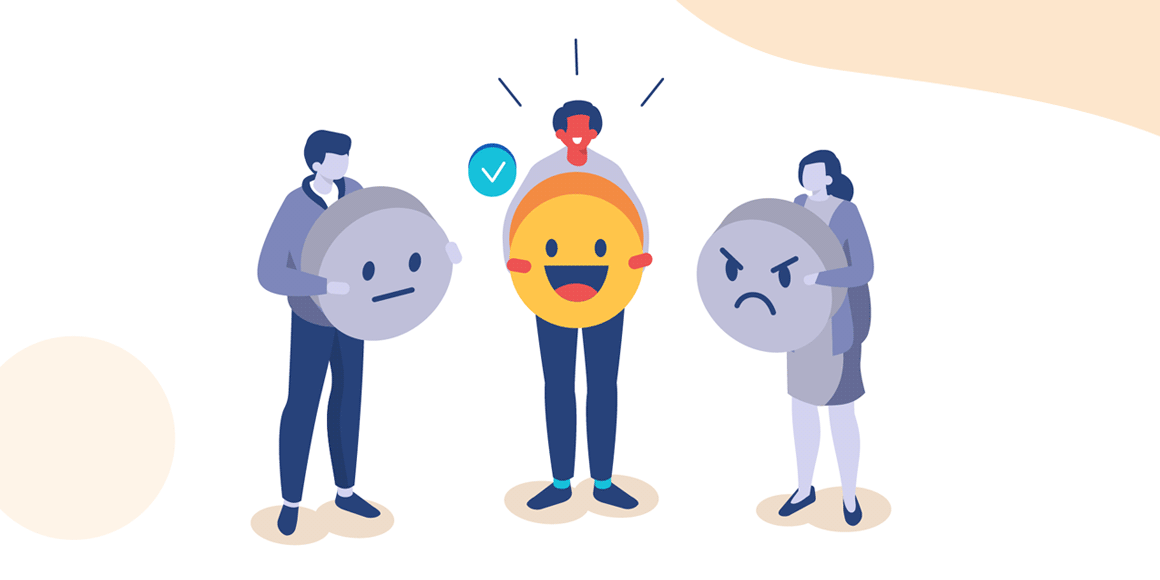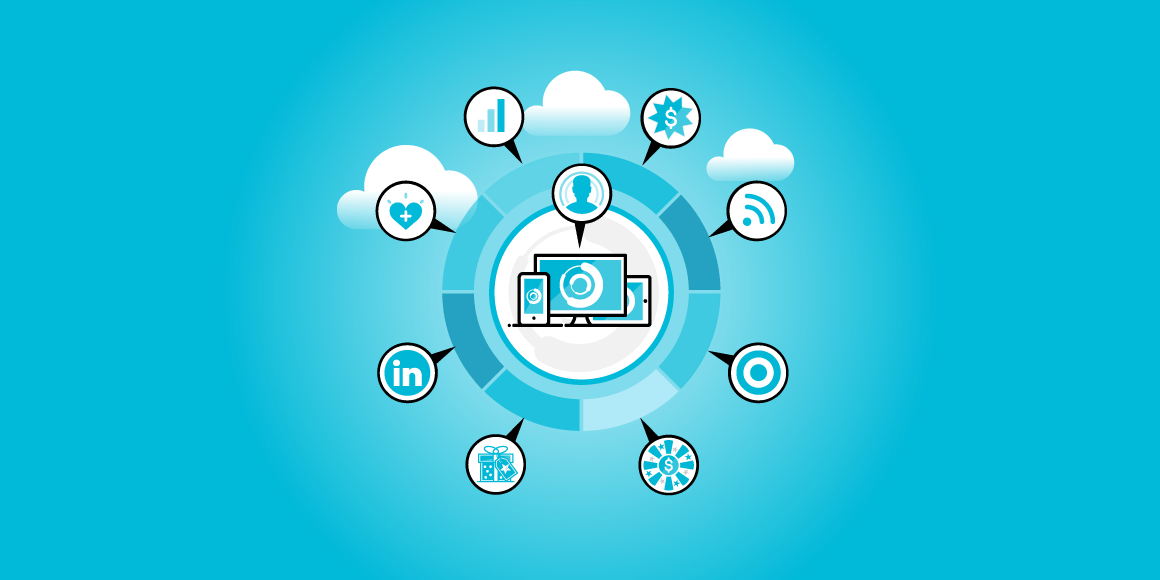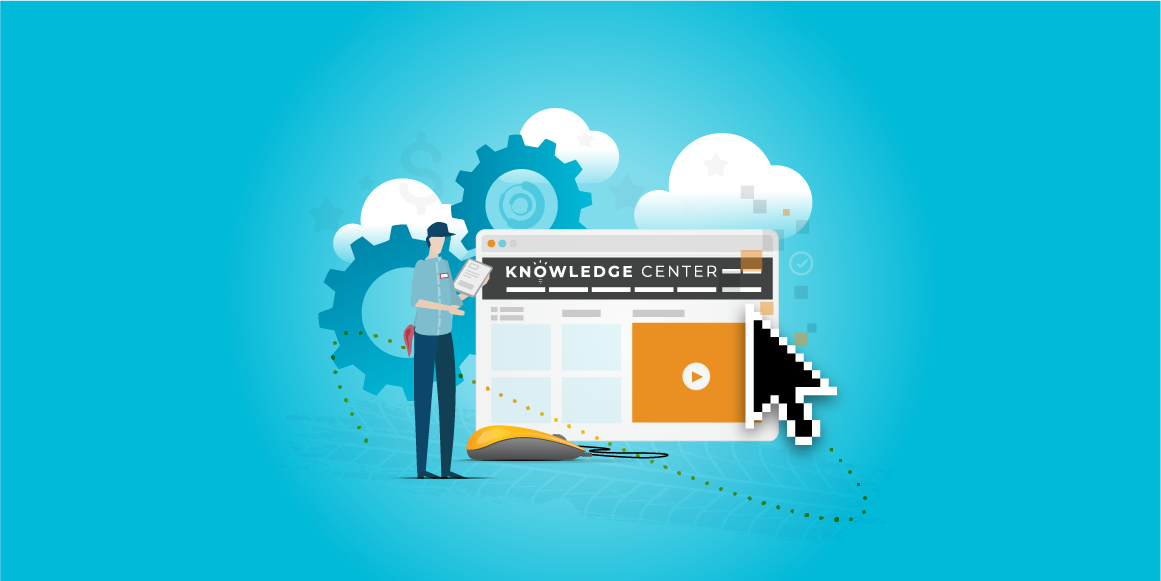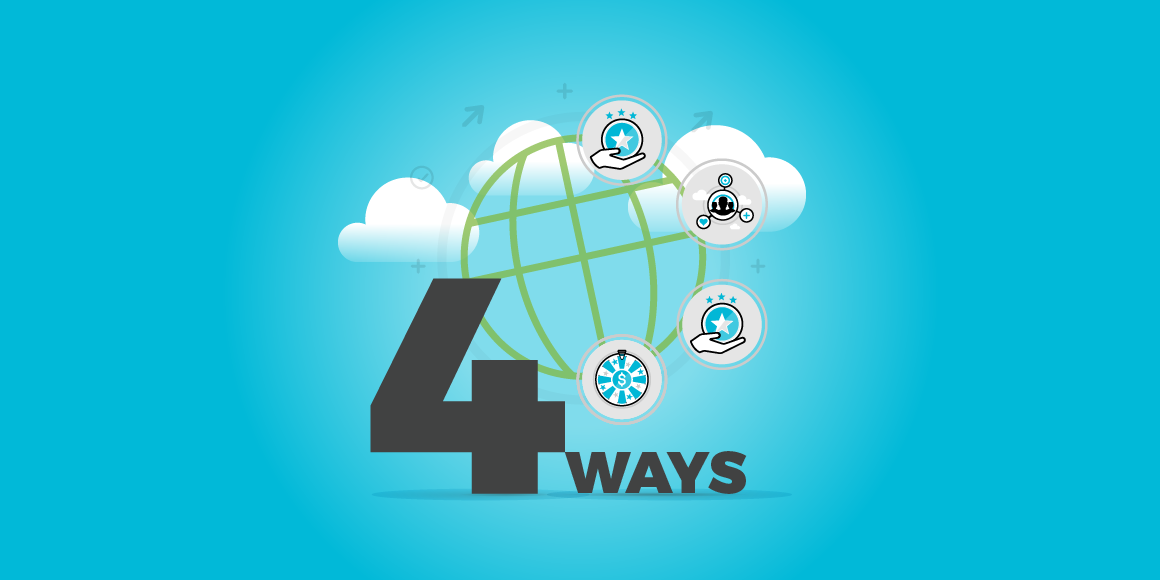As new consumer apps and services are introduced daily, the bar continues to be raised on the expectation channel partners have of the tools and services vendor organizations provide. Are you giving your partners the best possible experience?
Most - if not all vendor organizations today - are committed to be “easy to do business with” by modifying their policies, processes, and practices to make it simpler for customers and partners to do business with them. Their goal is to deliver high-value customer and partner experiences through simplified, successful interactions that improve the overall partner experience, and reduce the number of touch points required to complete a task.
This is in response to partners who are reluctant to participate in channel programs with operational processes that are overly complex or inefficient, especially if they lack perceived benefit or reward. For most partners, this leads to disappointed partner users which hurts partner engagement as they look for ease of doing business. Keep in mind that although process capabilities (e.g. lead/opportunity management, incentive management) are top priorities for vendors, ease of doing business is also a top priority for partners.
“Decrease partner effort to increase partner loyalty.”
Keeping your program simple by minimizing complexity does wonders for getting partners to use it, and it’s a critical element of partner satisfaction (and thus loyalty). The quickest way to a simple and easy user experience (UX) starts by identifying the right channel technology that allows you to thoroughly segment and personalize your program. Once a thorough segmentation and personalization is achieved, your different partner tiers, specializations, and/or accreditations will only be exposed to what is relevant to them, making UX easy.
Nonetheless, vendors strive to drive loyalty in a flexible manner by deploying a core incentive and reporting platform across different territories, regions and/or countries. Yet, most end up building highly complex and rigid programs that make it difficult to have worldwide or even regional coverage. To avoid this costly mistake, you need to identify some basic core functionality in your rewards technology that empowers you to thoroughly segment, regionalize and personalize your rewards program on the fly.
The best loyalty platforms for B2B and channel programs include a hierarchy editor.
The functionality necessary to achieve this level of flexibility is often found on a loyalty platform that includes a hierarchy editor; where you can recreate your entire partner ecosystem’s hierarchy, assign roles and create groups easily (usually through drag and drop). Once you have created the appropriate hierarchy, you should be able to expose different content to different partner groups and tiers. Moreover, you should be able to differentiate communication, participating products, benefits, and rule structures by simply configuring the solution internally, without the need of a developer or your loyalty agency.
Choosing the right loyalty technology also requires that you find a SaaS solution flexible enough to include functionality such as Claim and Behavior Validation and Reporting configured on a global basis – and promotional activity, enablement and communications configured on a local basis. We’ve found some of the best performing configurations to be 40% global (corporate) and 60% local. That is to say 60% of the effort can be managed locally by a vendor’s in-country marketing operations teams – which will provide them with skin in the game, and earn the buy-in and commitment to driving program performance.
Manufacturers today need to engage partners and their teams as individuals!
Moreover, business model transformation has shifted the partner-vendor relationship, making it clear that vendors need to engage partners and their teams as individuals. Here again the right loyalty technology will empower you with an integrated approach to engagement, education, measurement and rewards. Additionally, the right loyalty platform should delight your existing partners and attract new ones by offering an intuitive, easy-to-use program interface without complicated menus and processes. Keep in mind that you must decrease partner effort and increase partner experience, and ultimately improve loyalty.
Decrease partner effort to increase partner loyalty.
In conclusion, successful loyalty rewards programs mimic online consumer experiences by delivering ease of use, an attractive look-and-feel and anytime/anywhere access from laptops, tablets and smartphones.
Remember that partners today expect to engage with manufacturer-provided tools as easily as they do with online retailers or social applications and are looking for similar features like shopping carts and reviews. Providing a consumer-like experience and choosing the right loyalty technology will substantially improve partner engagement and increase loyalty. It’s all about decreasing partner effort and improving the partner experience to increase loyalty.
In conclusion, successful incentive portals mimic online consumer experiences by delivering ease of use, an attractive look-and-feel and anytime/anywhere access from laptops, tablets and smartphones. Remember that providing a consumer-like experience and choosing the right incentive portal will substantially improve partner engagement and increase loyalty.
Finding a suitable Channel Incentive Management partner and a solution that is the right fit for your business can be a lot to think about, but it doesn’t necessarily have to be a difficult decision when you ask the right questions. We’re happy to share a complimentary copy of the Forrester Wave™ here, to assist in your decision making.
Learn more about how to intelligently manage and optimize channel incentives, to improve ROI and drive business growth. And remember, it’s all about decreasing partner effort and improving the partner experience to increase loyalty.






